What Is The Bauxite Mining Process?
The bauxite mine has a designed annual production capacity of 1 million tons and adopts comprehensive mechanized mining with longwall retreating method. In view of the heavy mud content and low ore grade, it is necessary to build a modern screening and washing system with an annual processing capacity of 1 million tons (screening capacity of 1 million tons, including a washing processing capacity of 500,000 tons). This system will enable efficient sorting, washing, and dewatering of the bauxite, improving ore quality and resource utilization, meeting the mine’s production capacity requirements, and providing qualified products for subsequent processing or sales.
Bauxite ore properties
1. Screening and washing material: Bauxite
2. Ore admixture: 5.0%
3. Ore density: 2.70-3.0 t/m³
4. Ore bulk density: 1.80 t/m³
5. Ore Mohs hardness: 6.5-7
Bauxite screening and cleaning process
1. Ore transportation
The material is evenly transported to the belt conveyor through the chain feeder.
2. Bauxite ore screening
Configure 2 set step screens for screening, sieve size: 30mm.
Undersize (<30mm): low-grade ore, stockpiled on-site, transported by forklift, and sold directly.
Oversize (>30mm): Contains talc and waste rock ore, which is stored on site and transported to the washing workshop by forklift.
3. Bauxite ore washing
A. The ore containing talc and waste rock is sent to the drum ore washer by the belt conveyor for cleaning. The drum ore washer has an inspection screening section (aperture 30mm) at the discharge end to further screen the ore. This section primarily removes particles <30mm that may not have been screened out on the step screen, as well as particles <30mm that are coated on the ore and then washed out by the drum ore washer.
B. The particles (>30mm) on the drum ore washer screen enter the horizontal sorting belt conveyor, where talc and waste rock are manually sorted out. The sorted ore is then transported to the designated storage yard by the horizontal sorting belt conveyor.
C. The particles under the drum ore washer (<30mm) flow into the spiral ore washer for cleaning, recovery and dehydration. The sewage (containing mud) overflowing from the cyclone enters the sewage transfer tank.
4. Wastewater treatment and sludge dewatering
A. The sewage in the transfer tank is pumped into the thickener by the slurry pump and quickly precipitated under the action of the flocculant.
B. The high-concentration slurry at the bottom of the thickener is sent to the chamber filter press by a special pump for the filter press. Under the high pressure of the feed pump, the water in the filter press is discharged through the drain port, and the mud is retained on the filter cloth. When the filtrate no longer flows out, the discharge is started, and the dry mud cake falls to the bottom of the filter press and is transported to the designated location by a forklift.


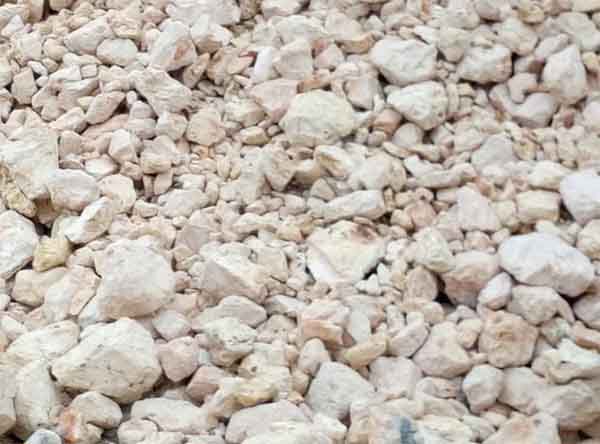
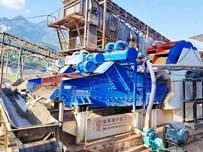
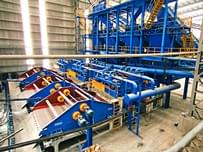
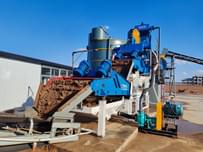
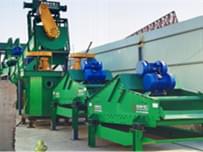
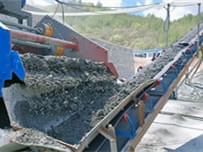
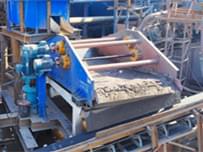
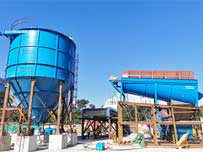
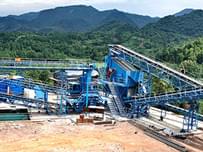




Send Message
Please write down your requirement and contact details in the following form. You can also send a message to us by this email export@lylzzg.com, we will reply to you within 24 hours.